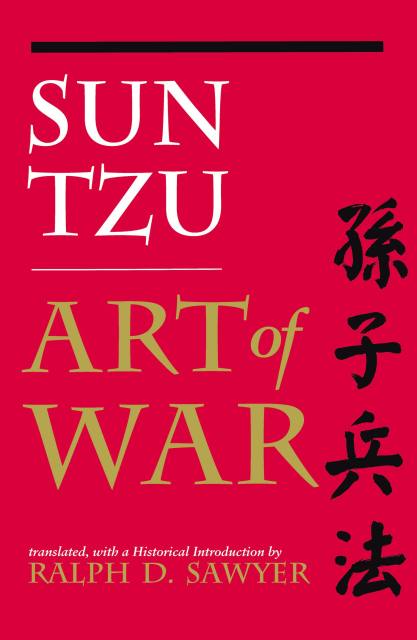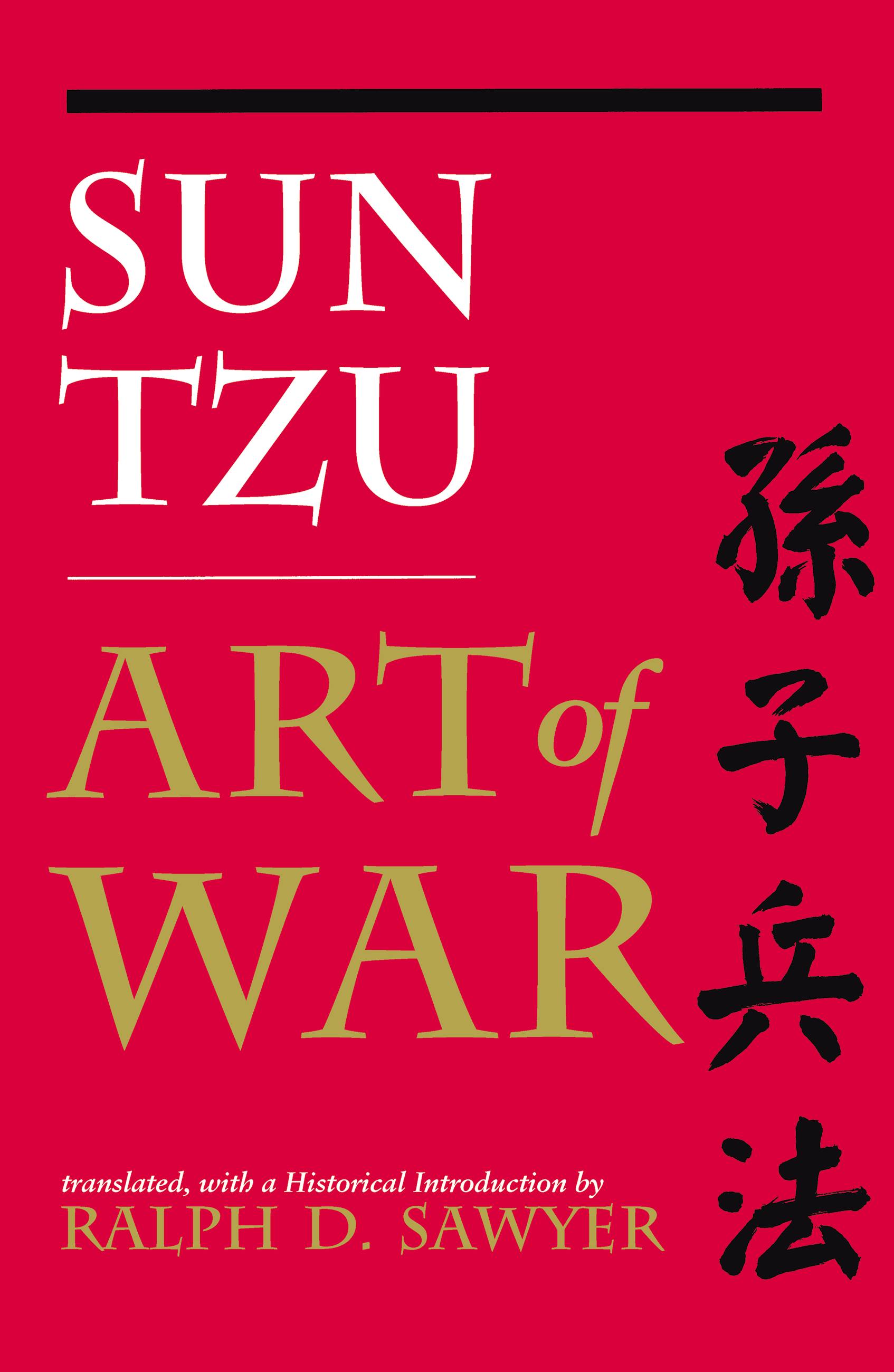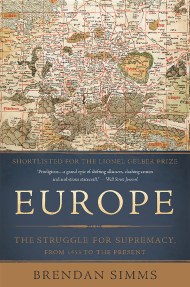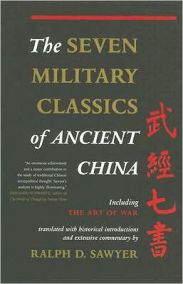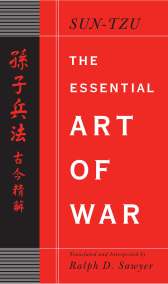Promotion
Use code BEST25 for 25% off storewide. Make sure to order by 11:59am, 12/12 for holiday delivery!
By clicking “Accept,” you agree to the use of cookies and similar technologies on your device as set forth in our Cookie Policy and our Privacy Policy. Please note that certain cookies are essential for this website to function properly and do not require user consent to be deployed.
The Art of War (Translated by Ralph D. Sawyer)
Contributors
By Sun Tzu
Translated by Ralph D. Sawyer
Formats and Prices
- On Sale
- Feb 11, 1994
- Page Count
- 384 pages
- Publisher
- Basic Books
- ISBN-13
- 9780465013272
Price
$12.99Price
$16.99 CADFormat
Format:
- ebook $12.99 $16.99 CAD
- Trade Paperback $16.99 $22.99 CAD
This item is a preorder. Your payment method will be charged immediately, and the product is expected to ship on or around February 11, 1994. This date is subject to change due to shipping delays beyond our control.
Buy from Other Retailers:
Sun-tzu's Art of War is almost certainly the most famous study of strategy ever written. This treatise has been credited with influencing some of the most legendary military operations. Beyond the battlefield, people far and wide have long turned to Art of War for advice on how to succeed in various competitive situations, and companies around the world now make this book required reading for their executives.
In this translation, Chinese warfare scholar Ralph D. Sawyer places Art of War in its proper historical context, outlining several battles that Sun-tzu either conducted or that may have influenced him, and offers an edition that is uniquely accurate and accessible.
Genre:
-
"A tour de force. Sawyer puts this most famous of the classic Chinese military writings into context and shows that Sun-tzu was not just a solitary genius, but the product of a remarkably rich martial culture."Publishers Weekly
-
"A tour de force. Sawyer puts this most famous of the classic Chinese military writings into context and shows that Sun-tzu was not just a solitary genius, but the product of a remarkably rich martial culture."Robert L. O'Connell, author of Fierce Patriot
-
"I am convinced that this translation...will prove to be the definitive edition for many years to come."Robin D.S. Yates, McGill University
-
"Fills a serious gap for anyone interested in the history of ancient warfare...a fascinating book."Arther Ferrill, author of The Origins of War
Newsletter Signup
By clicking ‘Sign Up,’ I acknowledge that I have read and agree to Hachette Book Group’s Privacy Policy and Terms of Use
